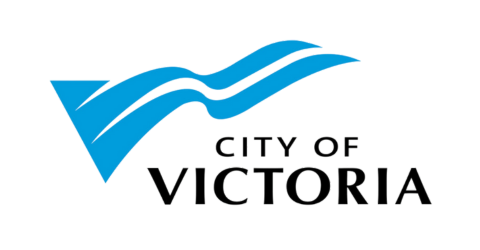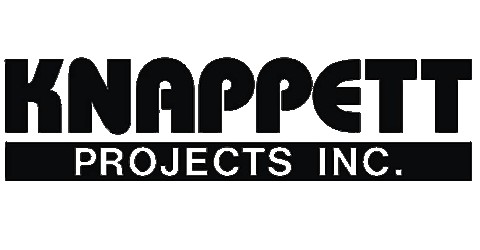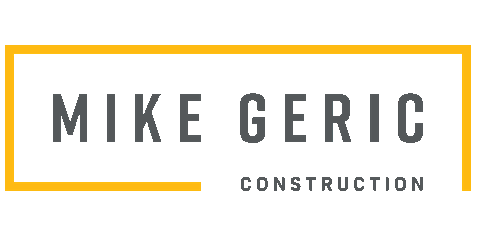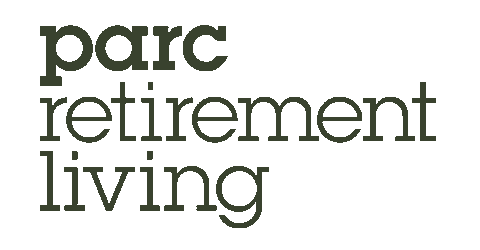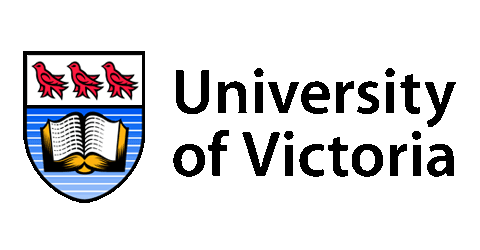The Stats
Greater Victoria has one of the lowest unemployment rates in the country. In 2019, only Quebec City was consistently lower than our region. According to Statistics Canada, the national unemployment rate at the end of 2019 was about 5.9 per cent. In British Columbia, the provincial rate as of November 2019 was 5.0 per cent. In Greater Victoria for the same period, it was 3.5 per cent — and that was up from 3.2 per cent the month before.
The Challenges
Far and away the biggest issue that members of the Greater Victoria Chamber of Commerce talk about is their difficulty finding and keeping workers.
At a Chamber-hosted roundtable breakfast of community leaders in 2019, many CEOs shared versions of the same story.
“We have an economy in transition and a population that has one of the highest costs of living in the county,” says Catherine Holt, CEO of the Greater Victoria Chamber of Commerce. “Greater Victoria is the seat of the provincial government and we have had growing employment for public sector workers. We also have thriving tech and tourism industries that are hungry for people to fill positions that range from exceptionally specialized to entry-level work. I hear daily from employers struggling to come up with creative ways to find workers and then keep them after they’ve been hired.”
At the CEO breakfast, some employers said they tried the federal Foreign Temporary Worker program, but after doing the legwork to bring workers to Canada they were frustrated when they moved on for other opportunities.
Many reported they couldn’t find people to staff their commercial kitchens or retail counters. Some said they had to curb growth because they didn’t have enough people to meet the existing demand.
Creative strategies include relying more on automated processes or luring qualified employees here from elsewhere in Canada.
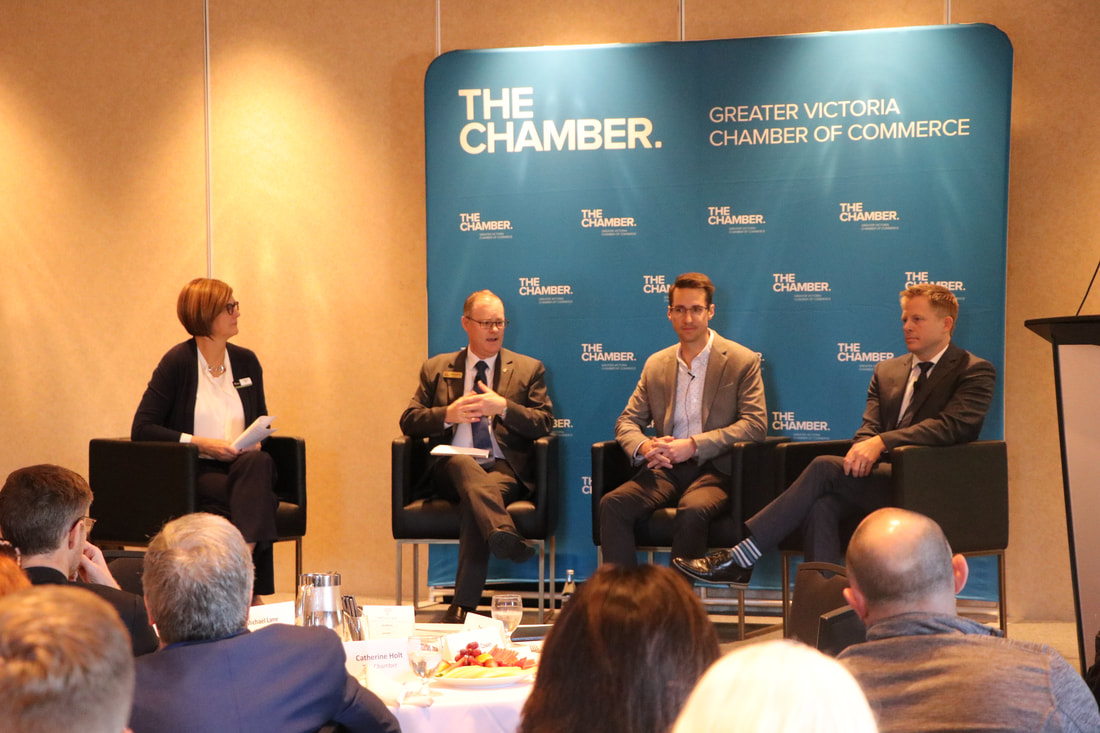
BUSINESS LEADERS SPEAK ABOUT ATTRACTING AND RETAINING WORKERS IN OCTOBER 2019.
A Member’s Approach
ustin Young, owner of Canadian Tire Hillside, turned to outside talent to fill nine key positions. He said he attracted those workers by helping them manage the high cost of relocating to Victoria. The nine brought families, creating a net migration of about 20 new people to our community.
Young, who won The Chamber’s Business Award for Leadership in 2018, is a dynamic employer who understands the need to constantly evolve.
He’s expanding operations to 350,000 cubic feet from 242,000 cubic feet in order to better compete with online retail. The changes mean he’s had to think like a technology company in some ways, such as creating new software and equipment to better track and sort inventory.

JUSTIN YOUNG, OWNER, CANADIAN TIRE HILLSIDE
“We’re developing our future managers to be data scientists,” Young says. The company has programmers developing algorithms that make sure customers can find what they’re looking for quickly, while also encouraging them to linger long enough to find deals they hadn’t expected.
Most of his managers have been promoted from within the company, Young says, noting he came up through the ranks himself (he started working as bagger at the age of 12, but that’s a longer story).
“Canadian Tire for me has always been an extended part of my community,” Young says.
That history helps him inspire his employees, encouraging them to grow their careers regardless of where they start in the company. A social committee helps staff connect and develop a sense of pride in their place of employment. If staff feel valued, they make customers feel valued as well.
A positive workplace culture is key to retaining employees, and quality people attract other quality people to the organization. However, even the best run businesses are struggling with the region’s low unemployment rate. Jobs that require employees to work overnight or do menial tasks are tough to fill, Young admits.
“I think it does make it more complex, and harder to retain people,” he says.
The Outlook
And all indicators suggest the lack of workers is only going to get worse.
WorkBC’s Labour Market Outlook for Vancouver Island forecasts that people retiring from the workforce will create 109,200 job opening by 2028. As well, another 44,600 jobs are expected to be created due to economic growth.
The Opportunities
The demand for people has had some positive outcomes.
Previously overlooked groups, including First Nations and immigrant communities, are now being courted for help.
Ruth Mojeed who created the Inclusion Project to support the integration of diverse communities, says there seems to be a gap between organizations looking for workers and people new to Canada looking for a decent job.

RUTH MOJEED
“Many factors account for this kind of misalignment and missed opportunities for newcomers and employers,” Mojeed says, noting that misunderstandings are often at the root of this disconnect. Employers want people with Canadian experience and certification, while job seekers sometimes face language barriers or don’t know how to navigate the hiring process.”
And, sadly, even with rock bottom unemployment rates, hiring biases and discrimination still exists.
Mojeed says both sides can do better at breaking down barriers. Employers can be more accommodating of different worldviews and experiences, while offering opportunities for workers to develop new skills. They might find themselves earning the trust of a new community that refers more people to the employer.
At the same time, she encourages newcomers to get involved. Network. Seek mentors and reach out to people who might offer guidance. Or, if nothing is working, she says start something yourself.
“If you can’t find an employer, find a business partner, and together, contribute to making a difference,” she says “And when you employ others, ensure you do so with a mind to be inclusive.”
Christina Clarke, CEO of the Songhees Development Corporation, said the unemployment rate among indigenous communities on southern Vancouver Island is much lower now than it has been in the past.

CHRISTINA CLARKE
However, there are still many people who are underemployed.
“One thing employers can do is make sure they post positions (they’re recruiting for) at the nations,” Clarke said.
Understanding the value of family and traditional responsibilities among indigenous communities is also beneficial, Clarke said. Employers who promote a workplace culture that balances work and home life, through flexible hours or job sharing, have more appeal.
Somewhat serendipitously, the current low unemployment rates have helped with the reconciliation efforts of all levels of government. Having indigenous people in a workplace creates natural opportunities for building relationships, ensuring everyone has opportunities to build a better future.
“Businesses are the source of innovation that responds to market demands and public expectations,” Chamber CEO Holt says. “Through our members, we have worked closely on solutions including advocating for a post-degree co-op term for international students. We think this would be a great way to create a potential path to citizenship for employees who have training in Canada and who are getting hands-on work experience. Co-op students often stick with the companies that hire them because they’ve had a chance to show they can do the job and they’ve made invaluable connections.”
Facing The Future
Greater Victoria can expect a low unemployment for years to come, which means employers need to adapt.
That challenge is an opportunity to become an even better company, says Dave Cowen, CEO of Butchart Gardens, who was one of the guest panelists at a 2019 Chamber Business Leaders Luncheon focused on Attracting and Retaining workers.
As an employer of as many as 700 staff during peak season, Cowen says Butchart Gardens works to treat staff as importantly as their visitors. The company has diversified its workforce, hiring people of different ages and backgrounds, and is as flexible as possible.
“I’m not surprised that business sees the challenge of low unemployment as an opportunity to change their practices,” says Holt. “Now we need all levels of government to do the same. The Chamber has been calling for investment in workforce housing and better transportation planning to make sure workers can afford to live and commute to jobs in Greater Victoria. We also see funding of affordable child care as a chance for British Columbia to be the province of choice for young families looking to put down roots, create a life for themselves and contribute to their community.”
The Era of Job Seekers
Low unemployment is certainly a boon to people building their career.
Remember Dana, the ambitious young woman with a great résumé who had about a dozen of her applications rejected?
“I think (the employer) was worried I was going to leave or become unsatisfied with the position in a short period of time,” she said, admitting that was a possibility.
“It was not hard finding jobs to apply for,” she said, adding that she also had the support of a partner who had landed a career job in the city. “I’m taking advantage of the fact I can be more picky right now.”
She went into her fifth interview feeling comfortable and confident. The meeting went well, and she hit it off with her potential employers. They ended up offering her the job the same day.
Dana accepted, even though the position paid less than other potential jobs. What sold her was the reputation of the company and its work culture, as well as the opportunity to grow her career once she was part of the team.
“I didn’t accept the position for what it is, I accepted it for what it could be.”
The Chamber Approach
To help our members connect with great employees, The Chamber launched our job board in the fall of 2019. The service has quickly become successful, as job seekers value employers who enjoy the good reputation that comes with being a Chamber member.
In 2020, The Chamber will expand the reach of our job board by using the proceeds to market our region to potential employees in other Canadian cities. Greater Victoria is an exceptional place to live, work and raise a family, and our low-unemployment rate can help attract more workers to Vancouver Island.
To learn more, visit our Job Board













